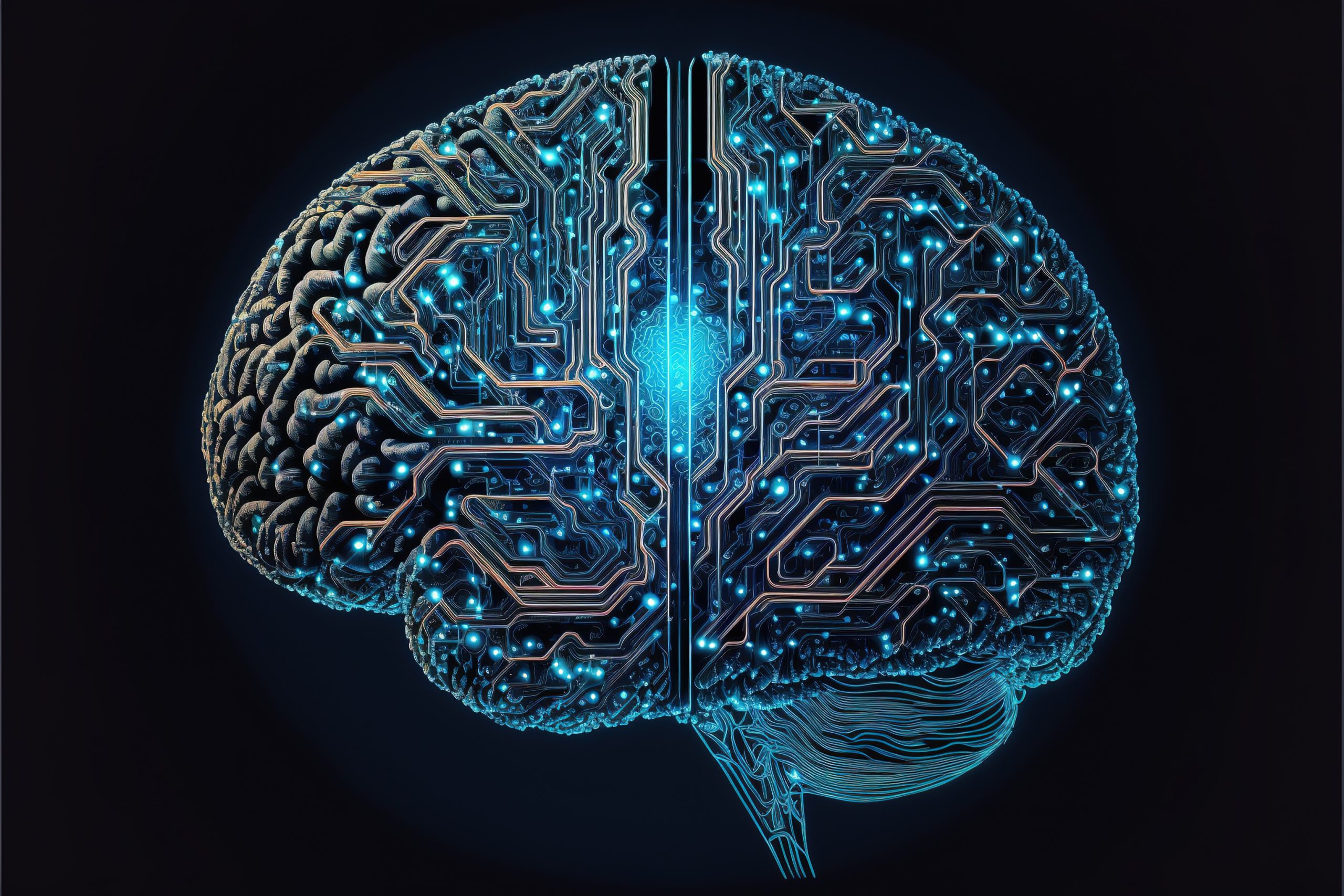Category: Uncategorized
-

How Cognitive Load Is the Silent Killer of Engineering Productivity
In fast-moving software organisations, productivity isn’t just about shipping code. It’s about managing cognitive load. As engineering teams scale, so does the complexity of their tools, responsibilities, and communication flows. Without deliberate design, developers become cognitively overwhelmed, resulting in context switching, burnout, and architectural drift. To build sustainably productive teams, leaders must understand and manage…
-

Designing for Change: How to Architect for Iteration and Uncertainty
In today’s digital world, change isn’t just expected; it’s constant. Whether it’s shifting customer needs, regulatory updates, emerging technologies, or global events, modern enterprises operate in an environment of relentless uncertainty. That’s why systems must be built not just for performance but also for adaptability. Enter adaptive architecture, a philosophy that prioritises iteration, modularity, and resilience over…
-

The CIO’s Role in Building a Machine Learning-Ready Organisation
Machine learning (ML) has moved from the realm of R&D to the front lines of enterprise strategy. ML is already reshaping how modern businesses operate, from fraud detection and demand forecasting to dynamic pricing and customer insights. But unlocking its full potential isn’t just a data science challenge, it’s an organisational one. And increasingly, the…
-

What Enterprises Need to Know about Generative AI and Intellectual Property
The rise of generative AI has unlocked extraordinary possibilities for creativity, productivity, and automation across industries. From marketing content to software code and product designs, AI-generated outputs reshape how work gets done. But with this transformation comes a critical, often overlooked, concern: intellectual property (IP). As organisations integrate large language models (LLMs), image generators, and…
